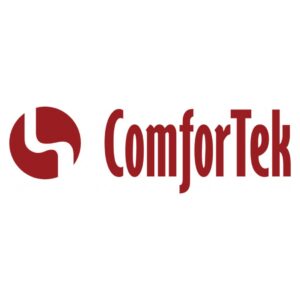First quarter regional occupancy highlights
In 1Q11, overall nursing care occupancy was 88.5 percent, which is an improvement of 10 basis points from the prior quarter. Occupancy held up relatively well compared to other commercial real estate property types during the recession, falling by only 200 basis points from its 2007 cyclical high.
Certain regions across the U.S. have performed better than others, with the Northeast seemingly the least impacted by the recession. The Northeast’s occupancy remains above 93 percent and has experienced only modest declines. The Pacific region nearly mirrored national trends into mid-2010 and, during the last two quarters, has seen its occupancy rise by 70 basis points. The Southwest has not been as fortunate, with occupancy declining 650 basis points since its respective cyclical peak. Occupancy in the Southwest is now 78.3 percent, more than 1,000 basis points below the national average.
The significant discrepancy in occupancy performance between the Southwest and the other regions is likely linked to recent inventory growth trends. While the Northeast and Pacific regions have both had contracting inventory over the past five years, inventory in the Southwest has grown by more than seven percent over the same period.
| Graph courtesy of NIC MAP Data & Analysis Service. |
I Advance Senior Care is the industry-leading source for practical, in-depth, business-building, and resident care information for owners, executives, administrators, and directors of nursing at assisted living communities, skilled nursing facilities, post-acute facilities, and continuing care retirement communities. The I Advance Senior Care editorial team and industry experts provide market analysis, strategic direction, policy commentary, clinical best-practices, business management, and technology breakthroughs.
I Advance Senior Care is part of the Institute for the Advancement of Senior Care and published by Plain-English Health Care.
Related Articles
Topics: Articles , Housing











